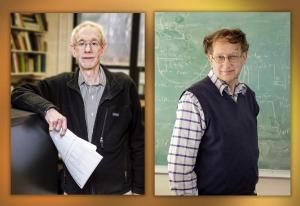What’s New
14 January 2019
ITER news digest for the period of 7 January 2019 to 14 January 2019.

Fusion world: A process that stabilizes plasmas

A new Chair for EUROfusion's General Assembly





